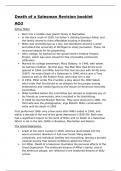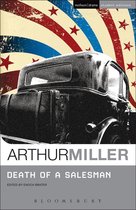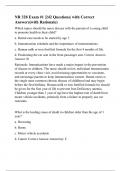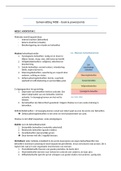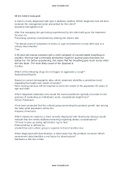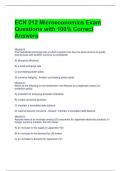Summary
Summary Death of a Salesman revision booklet AQA A Level English Lit B
Revision booklet for 'Death of a Salesman' by Arthur Miller for AQA A Level English Literature B. The booklet covers all of the AO's, contains key quotes throughout, themes, symbols, and character descriptions.
[Show more]
